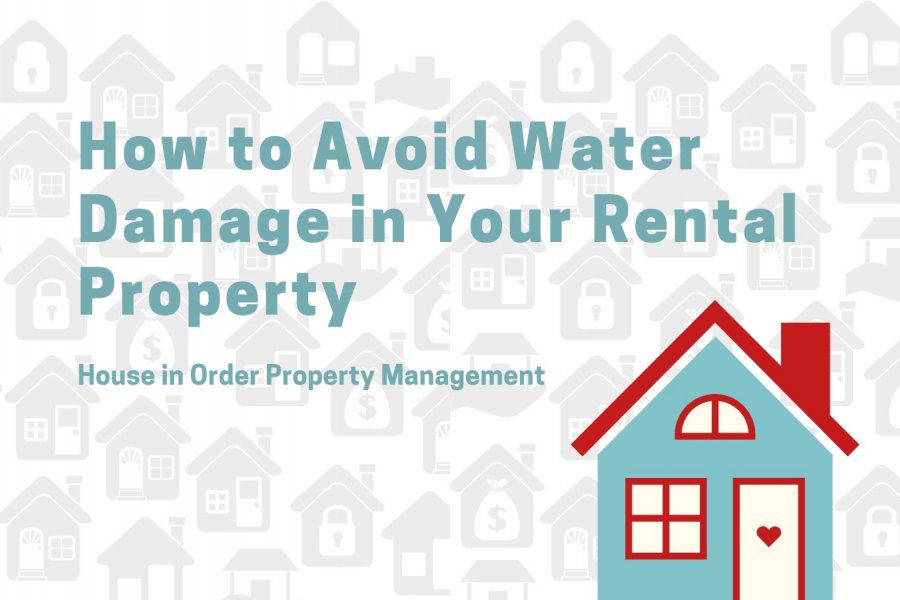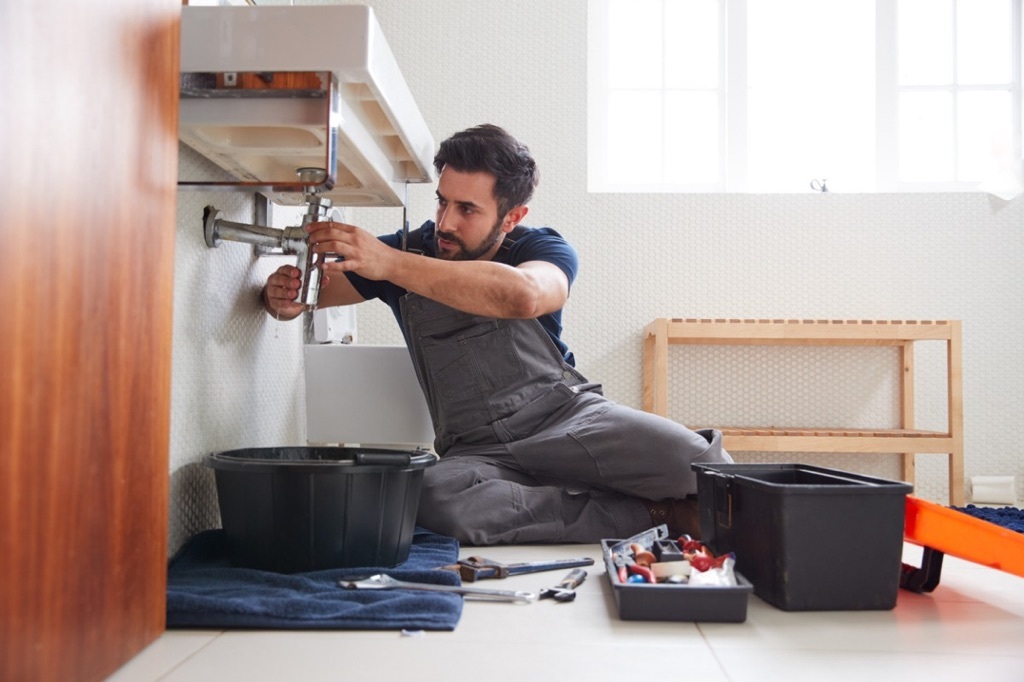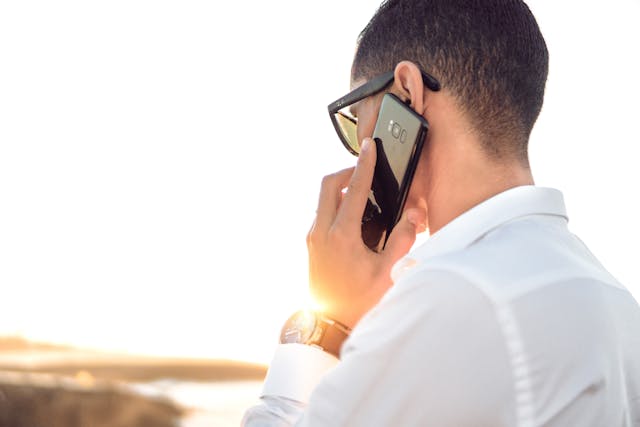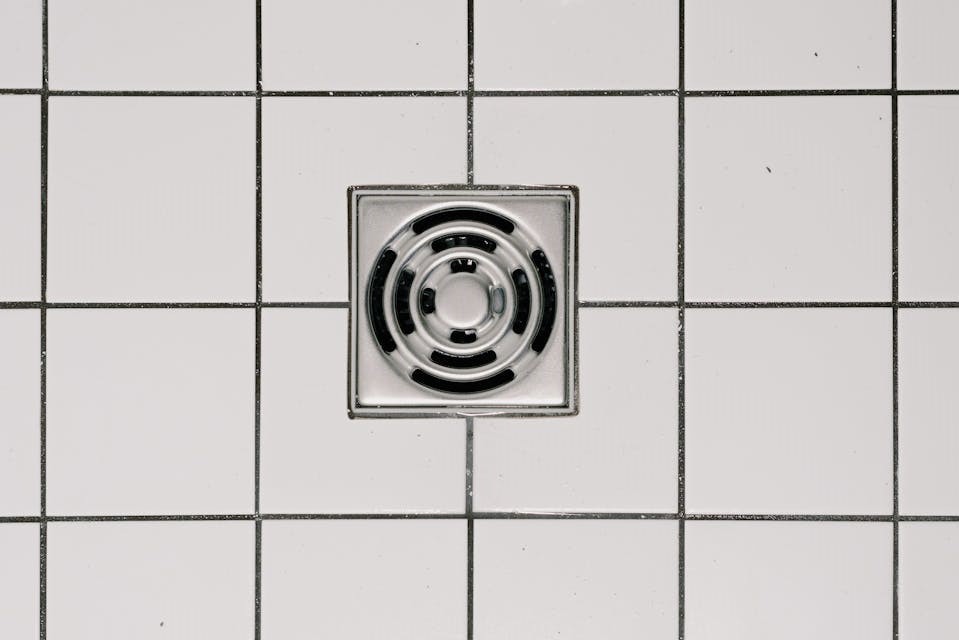
At House In Order Property Management, we know that neglecting minor issues, such as small leaks, can quickly escalate into significant water damage, causing extensive harm to your walls, floors, and furniture. Beyond these visible repairs, water damage can also compromise your roof and plumbing system, resulting in costly expenses.
Proactive maintenance is essential, promptly addressing potential water-related issues can protect your rental properties and help you avoid expensive repairs. In this article, we’ll share practical steps to prevent water damage and keep your investment in excellent condition.
Learn More About House In Order Property Management Today!
Possible Causes of Water Damage
When water leaks are hidden, identifying their source may take some time. Discovering the cause of the leak is critical, as time is of the essence when dealing with water damage. Hiring a plumber may be necessary to locate the leak and find effective solutions. Common causes of water damage include:
- Malfunctioning plumbing fixtures and appliances.
- Old and damaged supply hoses.
- Clogged gutters.
- Burst or leaking pipes.
- Water buildup.
- Sewage backups.
- Pressure from a blocked garbage disposal.
Signs of Water Damage
You may notice several signs indicating water damage, such as:
- The smell of mold and mildew, even after cleaning the kitchen or bathroom.
- Stained ceilings, likely from water leaks.
- Blistering paint.
- Cracks forming in walls.
- Pooling water on the floor.
- A sudden increase in your water bill.
- Presence of dry rot in wooden areas of your home.

Preventing Water Damage in Your Rental
1. Conduct Annual Plumbing and Appliance Inspections
Regularly inspect all plumbing and appliances with water connections, such as toilets, refrigerators, dishwashers, and washing machines. Notify your tenants to check for any signs of leaks and report them. This is a vital procedure for maintaining the property, as small leaks can lead to significant expenses if not addressed promptly.
2. Inspect Roofs and Attics Yearly
Damaged roofs are a leading cause of water damage in rental properties, with many requiring replacement after 15 to 20 years. Additionally, issues such as fallen tree branches can result in unexpected leaks. To safeguard your property, it’s highly advisable to conduct annual roof inspections or hire a professional to assess its condition and address potential problems proactively.
3. Ensure Proper Gutter Cleaning and Maintenance
Gutters play a crucial role in directing water away from the roof, walls, and foundation of a building. Clogged gutters can cause water to pool around the foundation, leading to cracks. Schedule gutter cleanings in the spring and late fall to remove debris such as blossoms, twigs, and dead leaves. This will help maintain the integrity of your roof.
Discover More About the Services We Offer at House in Order Property Management
4. Foster Open Communication With Tenants
Encourage your tenants to report any property issues. Establishing good communication will help you manage your rental property effectively. Provide them with your contact number so they can easily reach you. Exercise vigilance in fixing property damage to limit the effects.

You may also consider investing in software that allows tenants to submit maintenance requests conveniently. Advise them to notify you of any sudden increases in their water utility bill or any leaks they notice.
5. Be More Alert During the Icy Winter Season
To prevent your pipes from freezing and potentially bursting, it's crucial to take necessary precautions. One of the most effective measures is to insulate your pipes. The cost of repairing a burst pipe far exceeds the investment in proper pipe insulation, so be sure to address this promptly.
Additionally, it's important to involve your tenants in minimizing the risk of frozen pipes. Encourage them to let faucets drip slightly; this relieves pressure in the event of freezing, thereby preventing pipes from bursting.
Remind your tenants to set the thermostat to 60 degrees Fahrenheit or higher, even when the house is unoccupied. This precaution helps maintain a safe indoor temperature and reduces the risk of freezing. Since areas like the basement and attic tend to be colder, it's essential to ensure that temperatures in those spaces do not approach the freezing mark.
6. Keep Floor Drains Free From Obstructions
Bathroom floors often accumulate hair and dirt, creating blockages. Regular drain cleaning at least once a week helps prevent these obstructions, ensuring that water drains properly and does not cause damage by stagnating or overflowing. This is particularly important for bathtubs, which may overflow if drainage is blocked.

7. Proper Disposal of Oil, Grease, and Cooking Fats
It’s important to note that cooled cooking oils turn into solid masses. If tenants pour cooking oil down the kitchen sink, it can lead to clogs. Remind them to avoid disposing of grease in the drainage system. Instead, they should place excess oil in disposable containers and throw them in the garbage once solidified.
8. Review Your Insurance Coverage and Require Renter’s Insurance
Understand your insurance policy and what it covers concerning water damage to your rental property. Moreover, consider making renter's insurance a requirement for your tenants. This protects them from incurring significant costs associated with water damage due to their negligence.
Bottom Line
These tips can help you maintain your rental property in excellent condition and reduce the risks of water damage. As a landlord, your main duty is to keep your rental space liveable. By implementing these strategies, you can avoid expensive repair costs and ensure that your tenants have a comfortable living environment.
Hiring a professional property management company can help you prevent costly water damage from your unit as they can perform regular property inspections on your behalf.
